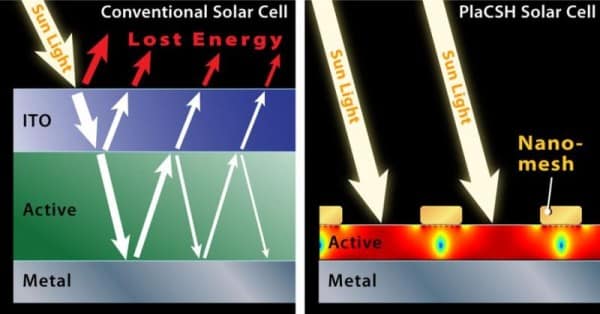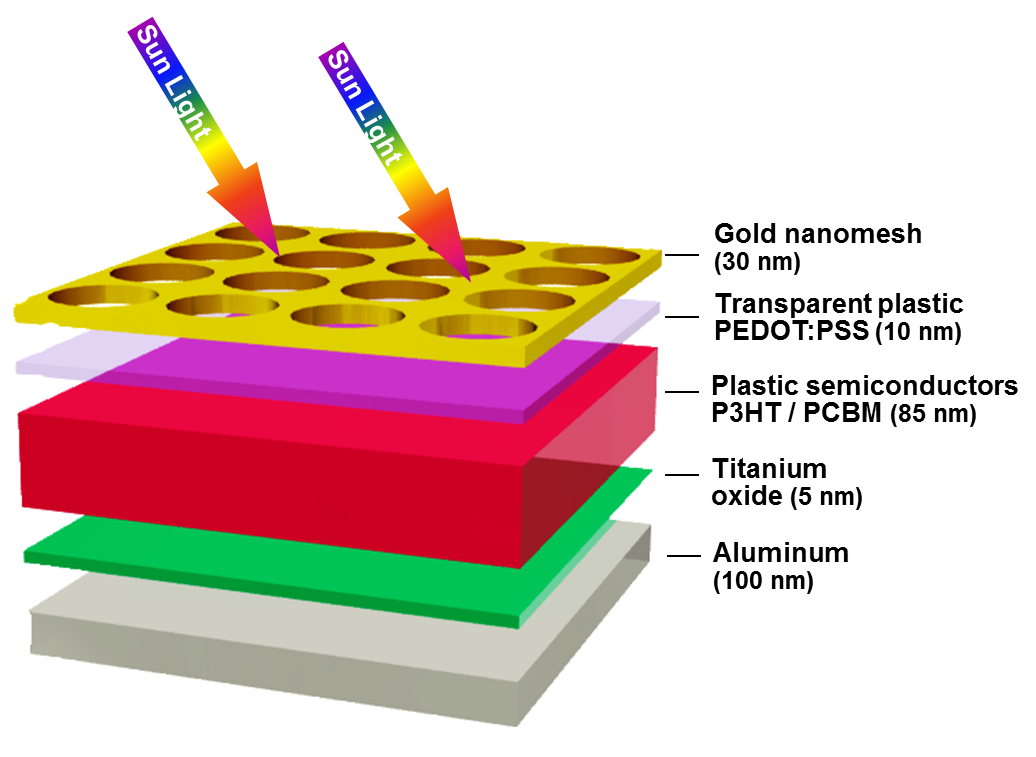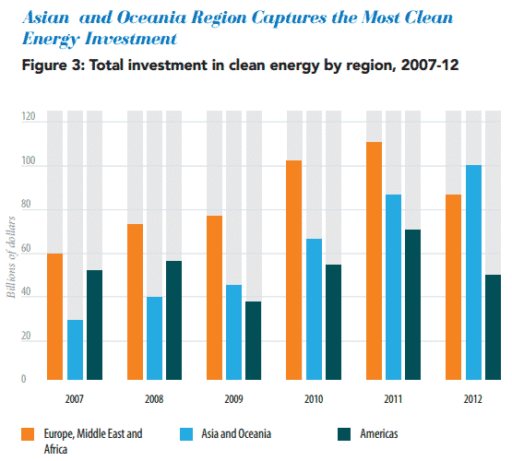Now-a-days, solar power is getting more popularity to people and hence solar business is increasing rapidly. But the way this business was supposed spread all over the world actually is not getting the ultimate result as expectation. One of the major reasons could be that solar cells reflect much of that sunlight while converting sunlight into electricity or the solar cells can’t absorb the sunlight totally. Now, Princeton researchers have found a sandwich-like material that can minimize the reflection and increase absorption of sunlight, and can triple the efficiency of solar cells.
Princeton researchers have developed a material called “Plasmonic Cavity with Subwavelength Hole array,” in short PlaCSH. This sandwich-like material consists of five super slim thin layers. The first (top) layer is called “window layer” (also called Gold nanomesh). This layer is made from an extremely fine metal mesh which is 30 nm thick and the measurement of each hole of this layer is 175 nm in diameter and 25 nm apart. The sunlight first passes through this layer. The second layer is a layer of Transparent Plastic and the thickness of this layer is 10nm, the third is a layer of plastic semiconductive material and the thickness of this layer is 85nm, the fourth is a layer of Titanium Oxide and the thickness of this layer is 5nm, and the last layer is made of Aluminum and the thickness of this layer is 100nm. In total, the thickness of 5 layers is 230nm.
According to Chou, all these layers in total “absorb up to 96 percent of sunlight and reflects only 4 percent of the sunlight”. That’s not all. Compared to conventional organic solar cells, PlaCSH can convert 52 percent more sunlight into electricity. PlaCSH can capture 81 percent more sunlights that falls at steep angles on the cells compared to conventional organic solar cells. However, it has been reported that PlaCSH boosts the efficiency of organic solar cells by 175 percent. That means, compare to current solar cells, PlaCSH can nearly triple the efficiency of organic solar cells.
The cost of PlaCSH will be cheap. Many scientists believe PlaCSH will be the future of solar power. Researchers have published a paper of their research in the journal Optics Express.
Source: Princeton University
Thanks To: PhysOrg
[ttjad keyword=”solar-device”]





